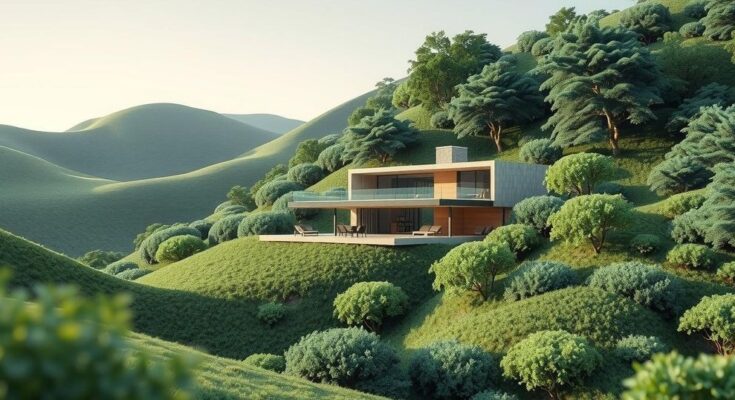Ecuadorian architecture integrates traditional methods with modern techniques, fostering sustainable housing that respects natural environments. Local materials and ancestral knowledge inform design, resulting in innovative residential projects. Notable firms like Al Borde and Natura Futura exemplify this evolution, enhancing architectural identity while promoting community involvement.
Ecuador, while modest in size, showcases a rich tapestry of ecosystems, including the Andes mountains, the Pacific coastline, and the Amazon rainforest. These diverse natural landscapes play a crucial role in shaping the built environment, necessitating that architecture harmoniously integrates with its surroundings and respects the natural context.
Over time, Ecuadorian architecture has evolved a distinct identity, adapting skillfully to varied settings. By employing various construction techniques and utilizing locally sourced materials, architects have created structures that coexist with the landscape. This approach reflects a growing trend towards connecting more closely with nature, compelling architecture across different regions in Ecuador to adapt accordingly.
Recent years have seen Ecuadorian architecture recognized for its incorporation of ancestral wisdom, community involvement, and local materials, combined with contemporary technologies to produce innovative and sustainable designs. Several architectural firms, such as Al Borde and Natura Futura, are at the forefront of this transformation, demonstrating how these principles can be effectively applied in differing contexts. La Cabina de la Curiosidad’s Chaki Wasi project notably received the ArchDaily Building of the Year 2025 award, underscoring the significance of these architectural practices.
This article will concentrate on residential architecture that embraces Ecuador’s natural settings, where a fusion of traditional and contemporary techniques is apparent. Vernacular building methods, which utilize local materials and ancestral knowledge, have persisted while adapting to modern design innovations, allowing for environmentally respectful housing solutions that cater to today’s demands. Examples include the incorporation of earth walls, stone partitions, and eucalyptus wood, demonstrating an engaging blend of traditional and modern construction techniques.
In summary, Ecuadorian residential architecture exemplifies a profound relationship between built and natural environments, emphasizing sustainability and community engagement. This architectural evolution reflects a commitment to respecting the surroundings while innovatively meeting contemporary needs. As these principles continue to influence new generations of architects, they pave the way for a future where architecture and nature exist in remarkable harmony.
Original Source: www.archdaily.com




